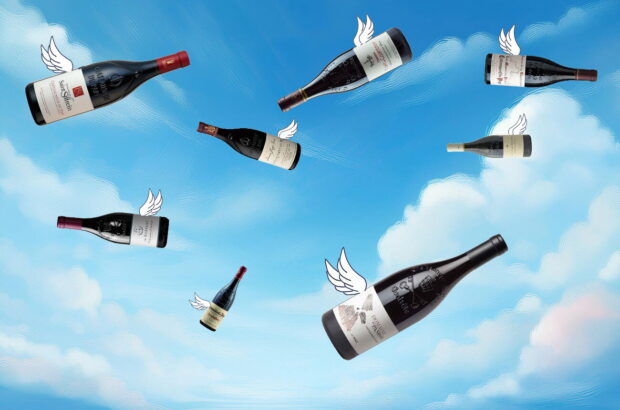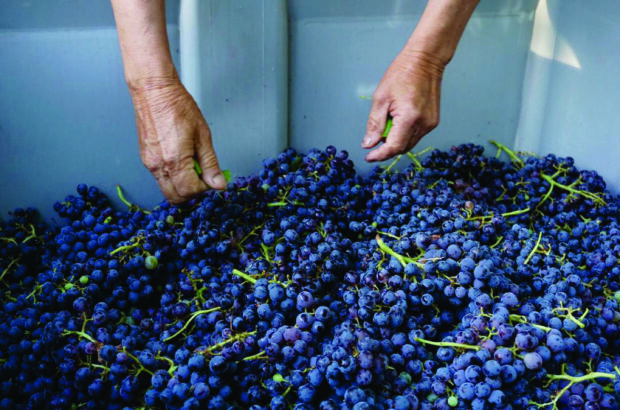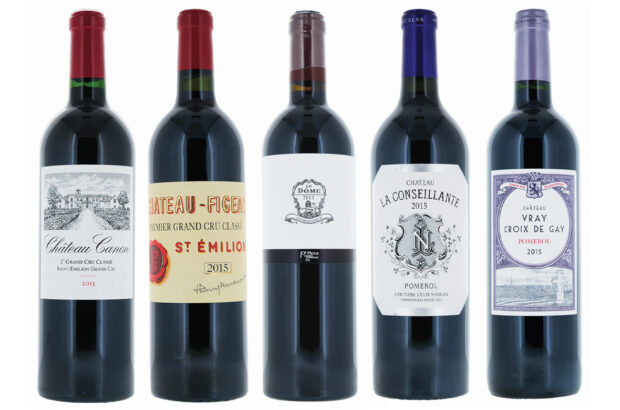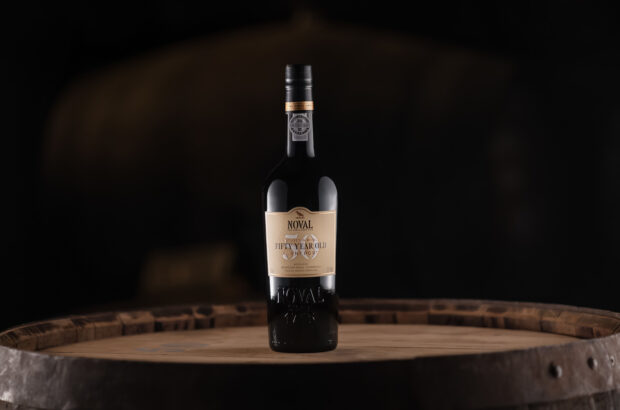'A wine one wants to return to again and again...’
Wine Legend: The Eyrie Vineyards, South Block Reserve Pinot Noir 1975, Willamette Valley, Oregon, US
Bottles produced 1,172
Composition 100% Pinot Noir
Yield 28hl/ha
Alcohol 13.7%
Release price $9
Price today On two occasions in 2017, two bottles fetched $1,000 each at benefit auctions
A legend because…
Even as a student at UC Davis, David Lett had a passion for Pinot Noir, which was not rated in California at the time. Carefully considering the ideal terroir for producing Pinot outside Burgundy, he pioneered a region that would swiftly become known for the quality of its Pinot Noir: Oregon’s Willamette Valley. He planted vines in 1965 and his first vintage was 1970. Some months before he died in 2008, his son, Jason Lett, led a vertical tasting to celebrate his retirement. The 1970 was still very much alive, but of those early bottles 1975 was the best. It had also triumphed in a blind tasting of worldwide Pinots in Paris organised in 1979 by Gault-Millau, thus becoming a benchmark for the variety.
Looking back
David was a Willamette Valley pioneer; but he wasn’t alone for long. Dick Erath and Dick Ponzi were among those drawn to Oregon. In the 1960s and 1970s the valley was a kind of bohemian centre, drawing in people attracted by an artisanal, even rustic way of life. David was particular in producing a consistent style of Pinot Noir that favoured perfume and delicacy rather than power. His delicate style was not universally admired, but proved enormously influential. The Eyrie style only evolved slightly after Jason took over the winemaking in 2005.
The vintage
1975 was an exceptional year. A warm, dry June was balanced by a rainy July, which restored balance to the vines. August was superb, with just a little rain late in the month, and then fine dry weather continued through September. The grapes for this Reserve were picked between 4 and 6 October.
The terroir
David’s early Pinot plantings were in the Dundee Hills, on clay-loam soils that were rich in iron deposits. Farming was essentially organic, although it was not yet certified. Elevation ranged from 110m-125m. These original vines were ungrafted and, as French clones were unavailable in the 1960s, David opted for Davis clone 1A, although other clones were planted in subsequent years.
The wine
David liked to pick at slightly lower sugars than his neighbours, and fermented the wines in bins at low temperatures, using cultivated yeasts (replaced by wild yeasts from 2008) and retaining only a few whole clusters. This and the oak regime probably account for the pale colour of his Pinots. The regular Pinots were aged in barrels, none new, for 18-24 months, while Reserves spent an extra year in wood.
The reaction
The vertical tasting at the winery in 2008 allowed many writers to assess the wine. Mark Savage MW, Eyrie’s British importer, wrote: ‘A wine of subtlety, with beautiful balance, no harsh edges, great complexity and delicacy. Infinitely intriguing, a wine one wants to return to again and again!’
Stephen Brook, another participant, commented: ‘Delicate nose showing lift and poise, aromas of potpourri and coffee. Rich and silky, this retains sweet fruit and is not that evolved. It still has vigour and flesh, integrated tannins, and a long cappuccino finish.’
Tyler Colman recalls: ‘It was still tasting lovely and rich, with great aromas and serious character. When people in the room were asked to pick the favourite of the flight, this was the clear winner.’












